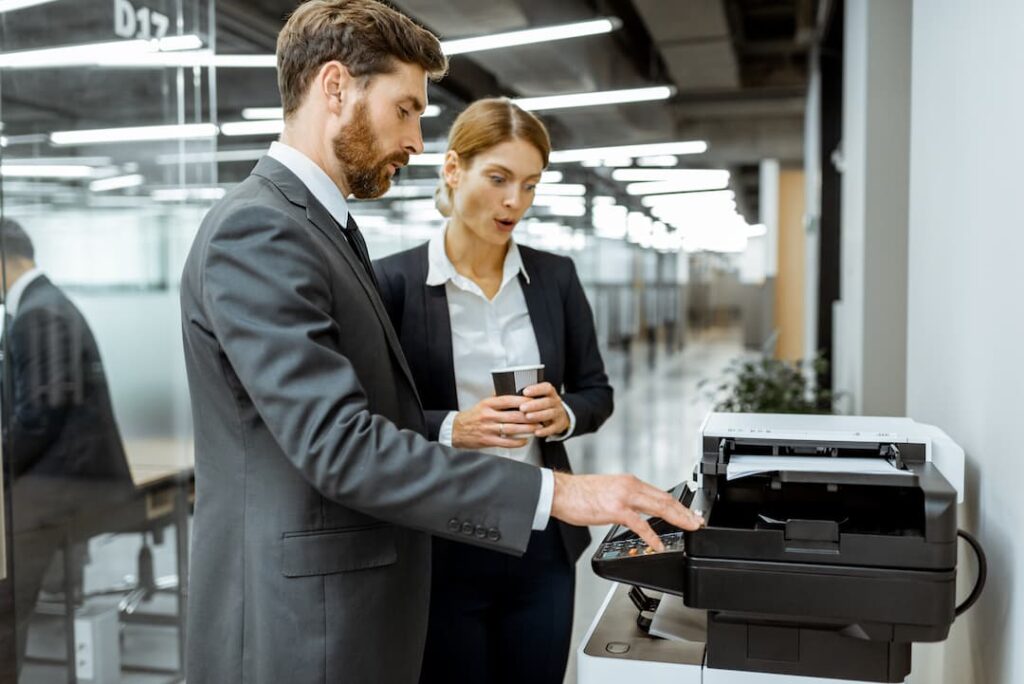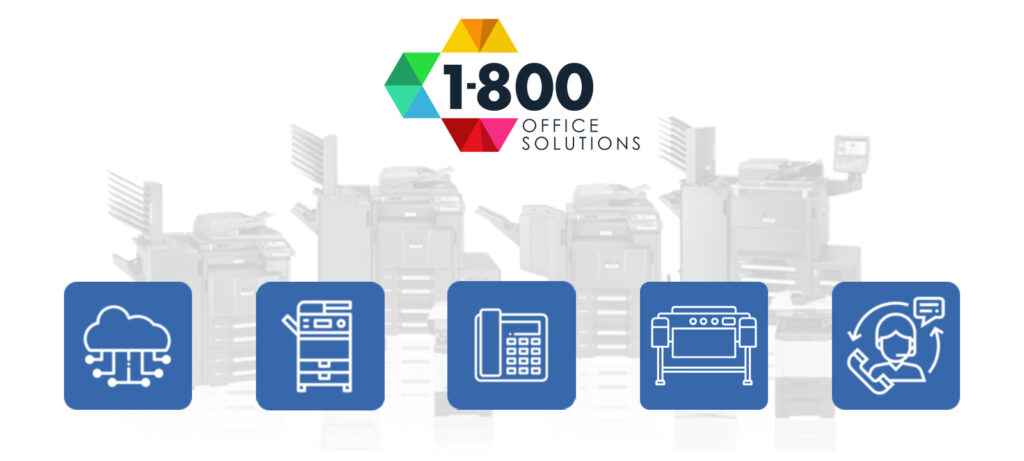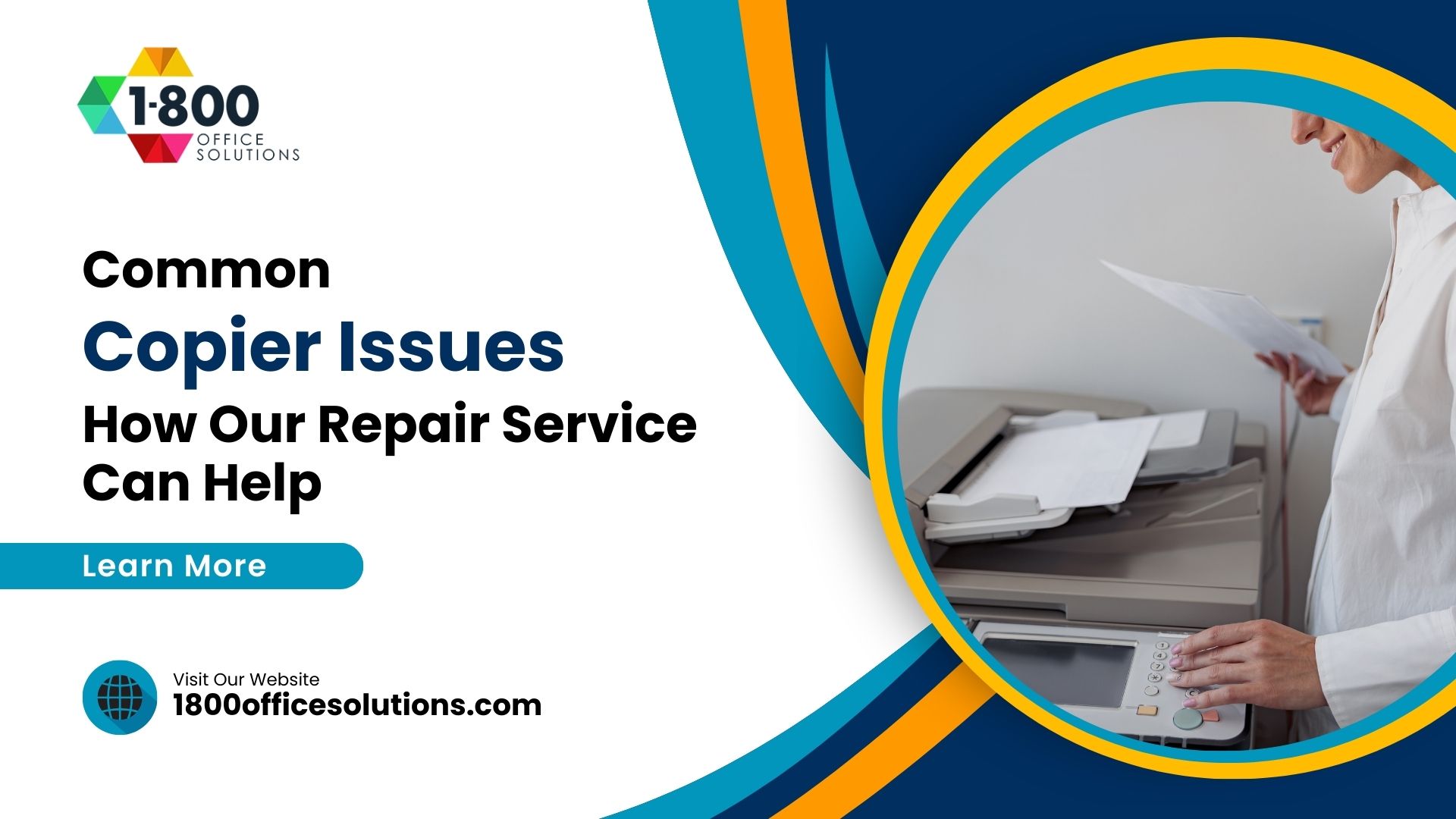What is a Photocopier and How Does It Work?
Introduction
Photocopiers are ubiquitous in offices, schools, and businesses worldwide. They are essential tools for reproducing documents quickly and efficiently. But have you ever wondered what a photocopier is and how it works? In this article, we will delve into the inner workings of photocopiers, exploring their mechanics, processes, and functionalities. So, let’s embark on a journey to unravel the mystery behind these invaluable machines.
What is a Photocopier?
A photocopier, also known as a copy machine, is a device that creates duplicate copies of printed or handwritten documents. It utilizes the process of xerography to produce these copies, which involves using electrostatic charges and powdered ink, known as toner, to transfer an image onto paper.
The Inner Workings of a Photocopier
Photocopiers consist of several key components that work together seamlessly to reproduce documents accurately. Let’s take a closer look at each of these components and understand how they contribute to the photocopying process.
1. Photoreceptor Drum
The photoreceptor drum is the heart of a photocopier. It is a cylindrical drum typically coated with a photosensitive material. When exposed to light, the drum becomes conductive, allowing it to attract and hold electric charges.
2. Exposure System
The exposure system is responsible for scanning the original document and capturing its image. It uses a combination of mirrors, lenses, and light sources to illuminate the document and reflect its image onto the photoreceptor drum.
3. Charging Unit
The charging unit prepares the photoreceptor drum for the imaging process. It uniformly applies a negative charge to the drum’s surface, ensuring that it is ready to attract and hold the positively charged toner particles.
4. Developing Unit
The developing unit contains the toner, which is a fine powder composed of pigment and plastic particles. As the photoreceptor drum rotates, the developing unit applies the toner to the drum’s surface. The toner particles are attracted to the areas with a positive charge, forming a latent image.
5. Transfer Unit
The transfer unit facilitates the transfer of the toner image from the photoreceptor drum onto the paper. It applies a stronger positive charge to the paper, causing the toner particles to detach from the drum and adhere to the paper’s surface.
6. Fusing Unit
After the transfer, the paper with the toner image passes through the fusing unit. This unit applies heat and pressure to melt the toner particles and bond them permanently to the paper, creating a high-quality copy.
7. Cleaning Unit
The cleaning unit ensures that the photoreceptor drum is free from any residual toner or debris. It utilizes a combination of cleaning blades, brushes, and static charges to remove any remaining toner particles, preparing the drum for the next copy.
How Does a Photocopier Work?
Now that we have a basic understanding of the components, let’s explore how these components work together to create a photocopy.
Preparation
The charging unit applies a negative charge to the photoreceptor drum’s surface, preparing it for the imaging process. The original document is placed face-down on the glass platen of the photocopier.
Scanning and Imaging
The exposure system scans the document and captures its image. The reflected image is projected onto the photoreceptor drum, creating an electrostatic image.
Developing the Image
The developing unit applies the toner, which consists of fine particles of pigment and plastic, to the charged areas on the photoreceptor drum. The toner particles are attracted to the charged areas, creating a visible image on the drum.
Transferring the Image
The transfer unit applies a stronger positive charge to a sheet of paper, which attracts the negatively charged toner particles from the drum onto the paper’s surface. The toner image is now transferred from the drum onto the paper.
Fusing
The paper with the transferred toner image passes through the fusing unit. The fusing unit applies heat and pressure, melting the toner particles and bonding them permanently to the paper’s surface.
Cleaning
The cleaning unit removes any residual toner or debris from the photoreceptor drum, ensuring its cleanliness for the next copy.
FAQs
Are photocopiers only used in offices?
While photocopiers are commonly found in offices, they are also used in schools, libraries, print shops, and various other establishments
Can photocopiers produce color copies?
Yes, many modern photocopiers are capable of producing color copies. These machines use a combination of toner cartridges to reproduce colors accurately.
Can I photocopy double-sided documents?
Yes, most photocopiers have a duplexing feature that allows you to automatically copy double-sided documents.
How do photocopiers handle different paper sizes?
Photocopiers are designed to accommodate various paper sizes, from standard letter size to larger formats like legal or tabloid. They have adjustable paper trays and settings to accommodate different paper sizes.
Do photocopiers require regular maintenance?
Yes, like any other electronic device, photocopiers require regular maintenance. This includes cleaning the internal components, replacing consumables such as toner cartridges, and addressing any mechanical issues that may arise.
Can I use a photocopier to enlarge or reduce the size of documents?
Yes, photocopiers often have features that allow you to resize documents. You can choose to enlarge or reduce the document size based on your requirements.
Conclusion
Photocopiers have revolutionized the way we reproduce documents, providing a fast and efficient means of creating copies. Through the process of xerography, these machines faithfully replicate the content of original documents onto paper. Understanding the inner workings of photocopiers helps us appreciate the technology behind them and utilize them effectively in our daily lives.
So, the next time you use a photocopier, take a moment to marvel at the intricate processes happening within the machine. From the charging of the photoreceptor drum to the fusing of toner particles, each component plays a crucial role in delivering high-quality copies. Photocopiers truly are indispensable tools in our modern world.
The Best Copier Dealer Near You
1800 Office Solutions have selected the most trusted copier dealers near you who have the best equipment at an exclusive rate.
Click on the link below to get your commercial copier quote:
https://1800officesolutions.com/commercial-copier-lease-quote/












